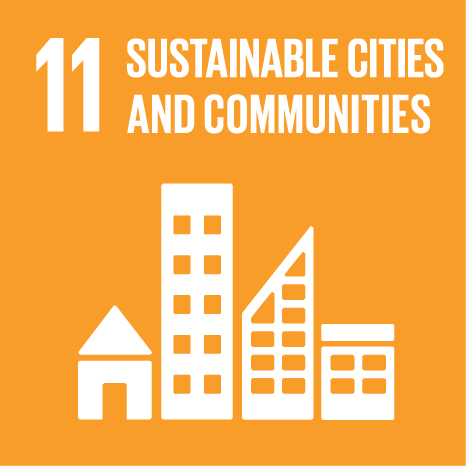Ciência_Iscte
Publications
Publication Detailed Description
Book Title
Architecture thinking across boundaries: Knowledge transfers since the 1960s
Year (definitive publication)
2021
Language
English
Country
United Kingdom
More Information
Web of Science®
This publication is not indexed in Web of Science®
Scopus
This publication is not indexed in Scopus
Google Scholar
This publication is not indexed in Overton
Abstract
Around 1908, the German sociologist Georg Simmel reflected on the significance of mobility
infrastructures, such as paths and bridges. These divisions of space, he wrote, were more than
physical facts. They resulted from a subjective understanding of space, namely the human
will to link distinct elements. Boundaries, paths and bridges were creations of a human being,
the ‘connecting creature who must always separate and who cannot connect without
separating’. Simmel called this double act of separation and connection, resulting in a
dynamic intertwining of physical place and mental spaces, the ‘miracle of the road’ (Simmel
[1909] in Leach 1997: 64–7).
Acknowledgements
--
Keywords
Fields of Science and Technology Classification
- Arts (arts, history of arts, performing arts, music) - Humanities
Contributions to the Sustainable Development Goals of the United Nations
With the objective to increase the research activity directed towards the achievement of the United Nations 2030 Sustainable Development Goals, the possibility of associating scientific publications with the Sustainable Development Goals is now available in Ciência_Iscte. These are the Sustainable Development Goals identified by the author(s) for this publication. For more detailed information on the Sustainable Development Goals, click here.

 Português
Português


